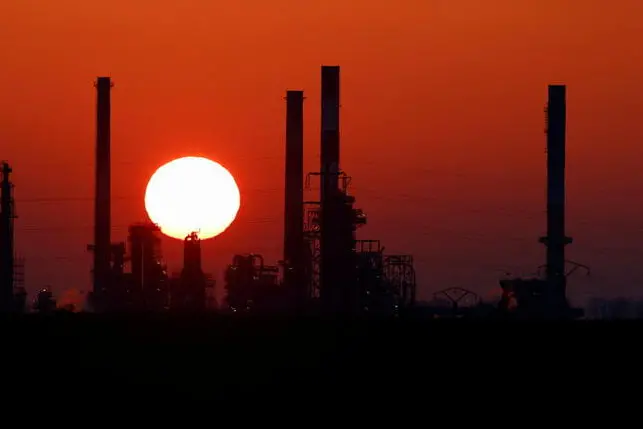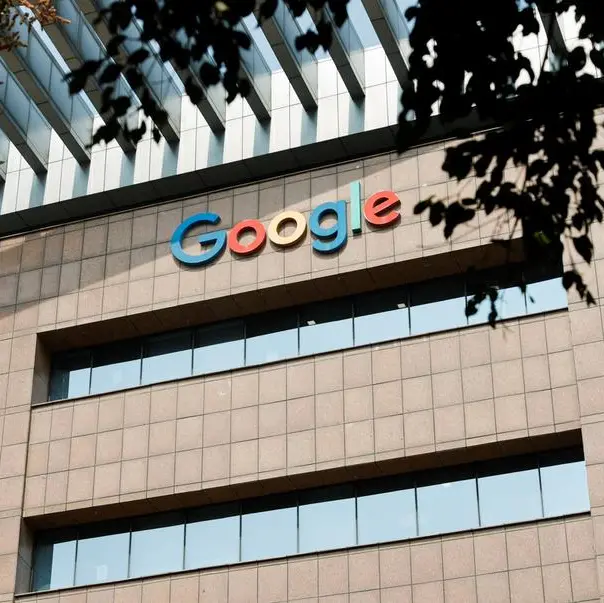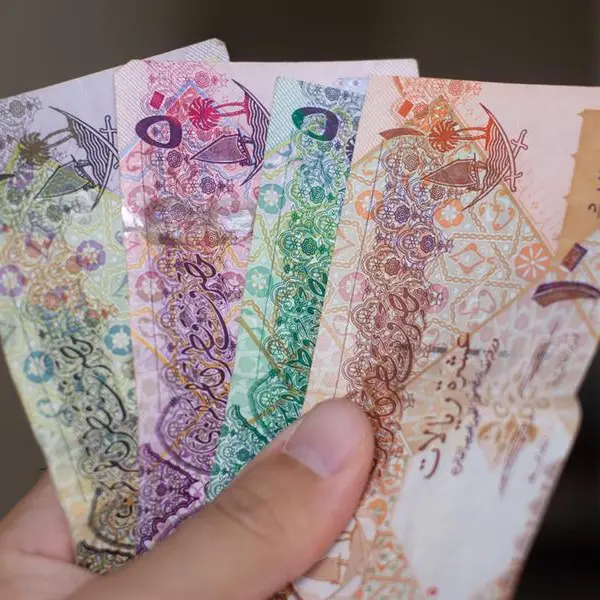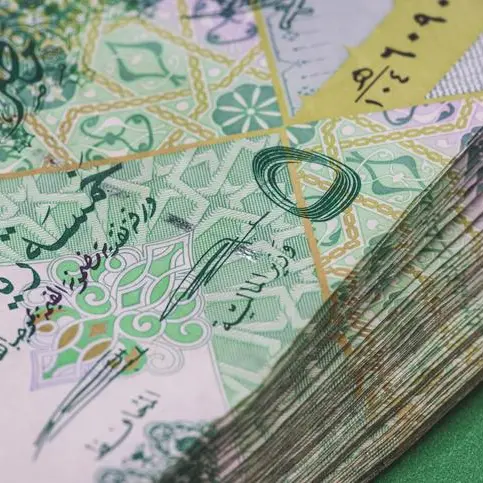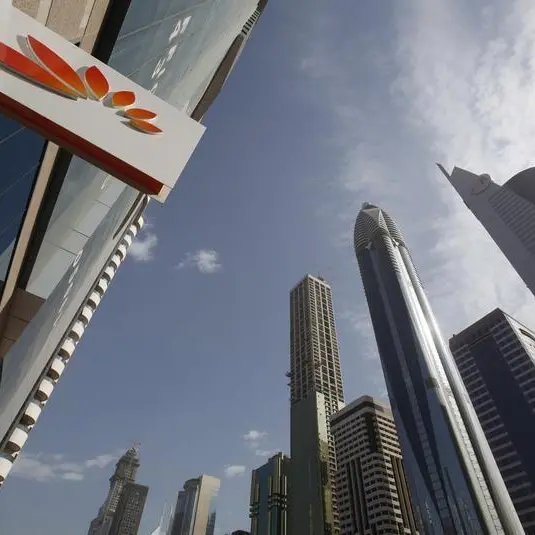PHOTO
While the world is not yet back to pre-pandemic travel levels and there is still ongoing disruption to ground transportation and air traffic, the world now consumes more than 95 million barrels of oil per day (bpd) and is forecast to reach an average of 97.7 million bpd during 2021, according to the latest US Energy Information Administration (EIA) outlook.
The agitated global oil market has survived because of the large cuts by OPEC+, as the group unanimously worked to balance the market following the largest oil demand shock in history, huge oversupply and the accumulation of stock.
OPEC+ was the dominant player in the 2020 oil supply-demand balance and it will continue to be in 2021, with the presumed recovery in global gross domestic product (GDP) resulting in an acceleration of growth in the second half of this year.
What could have happened if OPEC didn’t exist during the COVID-19 crisis? The pandemic hampered mobility and trade last year and, to a lesser extent, this year as its impact is not over yet. Some argue that it will continue in the months and years ahead, since more than 60 percent of oil is used for transportation.
The pandemic outbreak has shocked global oil demand and rocked other commodities as well, bringing the peak oil demand theory back to the surface again, although it has been extremely difficult to give an accurate outlook for oil demand.
How did the pandemic change oil demand outlook? Will the world after lockdown consume less oil? Has oil demand really peaked? Will the next challenge for energy markets be a shift from a glut of oil to a severe shortage, as a result of the huge decrease in oil upstream investment? All these questions have been raised after the pandemic outbreak and are yet to be answered convincingly.
Apparently, the pandemic has reshaped the energy market to be even more unpredictable than it was already. Hence, oil prices cannot be foreseen, even if fundamentals will continue to matter more than they ever have, requiring a steady and holistic perspective across global markets.
The ongoing vaccination emergence has created a wave of optimism across global markets, leading to an upward revision for 2021 oil demand.
As per OPEC’s outlook, oil demand will rebound by more than 6 million bpd in 2021 and, even if consumption is still expected to be more than 2 million bpd below 2019 levels of around 100 million bpd, this is a huge recovery from 2020 levels.
The EIA estimates that the world consumed 96 million bpd of petroleum and liquid fuels in March, which is an increase of 4.7 million bpd from the same period last year.
It also forecast that global consumption of petroleum and liquid fuels would average 97.7 million bpd for all of 2021, which is up by 5.5 million bpd from 2020.
This means that, by the end of 2021 and early 2022, oil demand might outstrip 2019 levels and at that time the world might start feeling a gradual upcoming shortage of supplies if OPEC+ doesn’t temper its 5.8 million bpd output cuts.
Concisely, if peak oil demand was a controversial theory before the pandemic, it has become an unrealistic and illogical theory after the pandemic.
The pandemic, it seems, has successfully eliminated the peak oil demand theory, even if the oil demand outlook continues to be unpredictable.
• Faisal Faeq is an energy and oil marketing adviser. He was formerly with OPEC and Saudi Aramco.
Twitter: @faisalfaeq
Copyright: Arab News © 2021 All rights reserved. Provided by SyndiGate Media Inc. (Syndigate.info).
